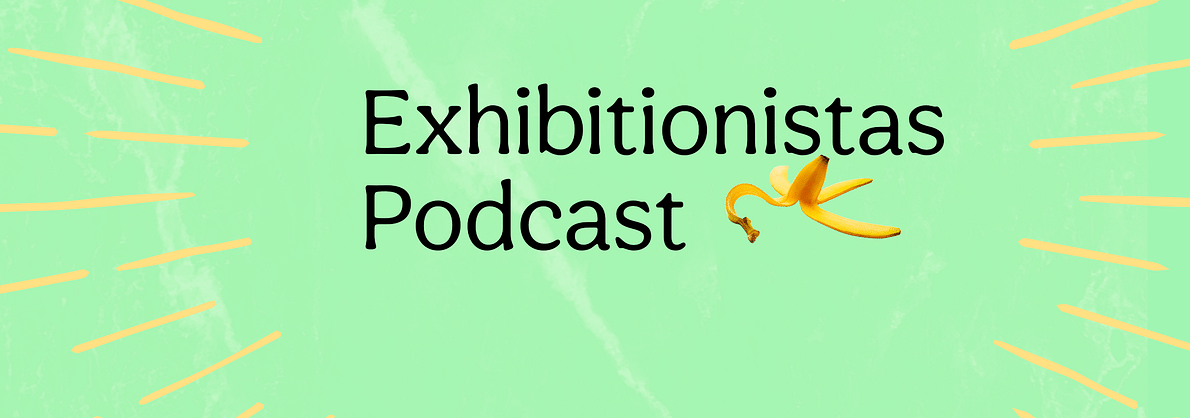Enjoy this episode about Music for the Mind, a Yoko Ono retrospective exhibition curated by Juliet Bingham and Patrizia Dander, on show at Tate Modern until September 1rst 2024. It was organized by Tate Modern and Kunstsammlung Nordrhein-Westfallen.
https://www.tate.org.uk/whats-on/tate-modern/yoko-ono
Instagram: @yokoono
Born in 1933, Yoko Ono lived between three continents, and explored experimental art and music all throughout her life. This exhibition presents us with a lot of her work from the 1950s to today and is extremely collaborative and free. At the ripe age of 91 Yoko Ono is still a creative force that remained, for a great part, uncelebrated. Infamous, even. We hope to deconstruct these biased views and to unfold a rich and bold energy, fully dedicated to art.
How did we navigate such a space? How did we connect to the work? What parts of her life touched us the most?
Tune in and find out!
Music: Sarturn.


